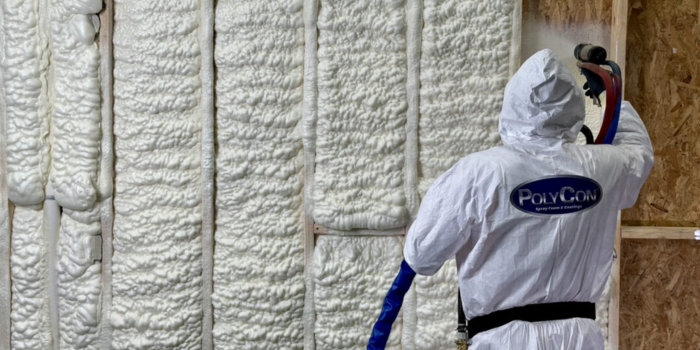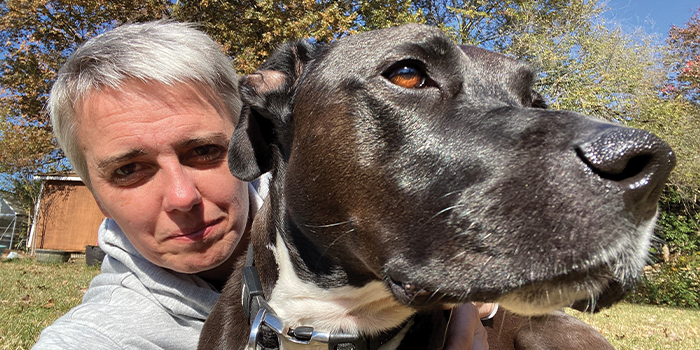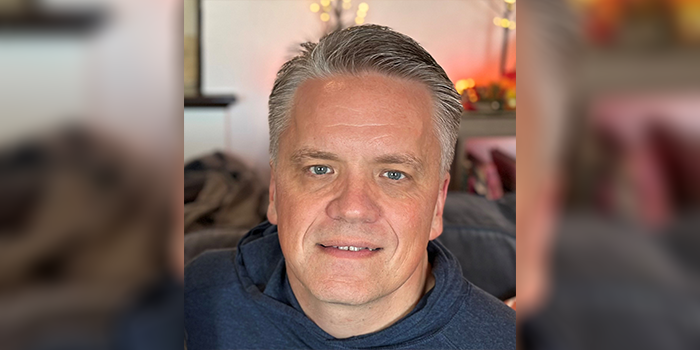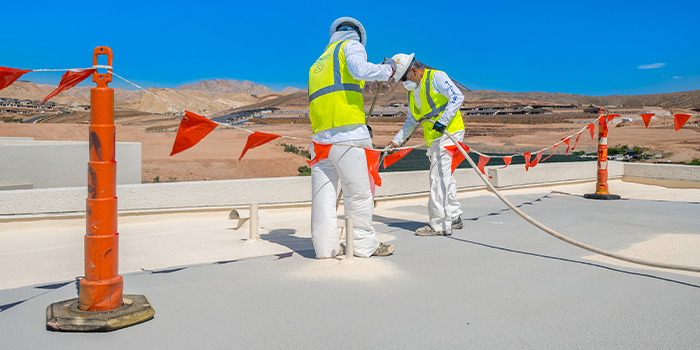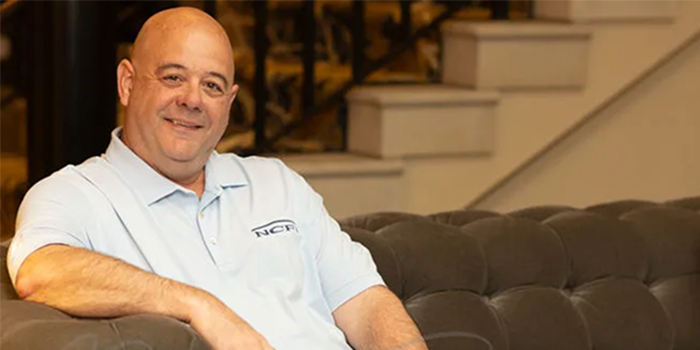NCFI's Newer Lightweight Geotechnical Product Solves an Old New York City Building Problem

RICHMOND, VA—May 16, 2018 – The New York City-mandated exterior building inspection of a 12-story, 100-year-old co-op building in the Chelsea area around Madison Square Garden and Penn Station led to the discovery of a major problem in the ground beneath. During the Local Law 11 inspection of the exterior the building, the owner suggested to DPC General Contractors, a company that specializes in environmental services, that as long as they were there they might want to inspect some floors inside the building that had dropped more than an inch. A DPC engineer immediately recognized the problem was from voids in the earth beneath the slab formed from settlement of the weight of the building on the alluvial riverbed soil made up of fine silt and sediment, and back-fill from a previous building. He recommended the use of a relatively newer geotechnical product to fill the voids and level the slab: lightweight polyurethane foam.
The contractor searched the Internet for examples of the use of geotechnical polyurethane foam, known as GPF, on similar projects and was impressed by the work of a Virginia-based company called CJGeo. “Settlement and consolidation are typical in urban areas,” says Kirk Roberts, chief estimator for CJGeo.
“Second and third generation buildings in Manhattan were often constructed over poorly-placed fills used to cover previous structures. Over time, the backfill consolidates, or surface material erodes into underlying rubble, which can cause large voids to develop below slab-on-grade floors inside of buildings.” Roberts says the engineer’s choice of geotechnical polyurethane foam (GPF) was the right call. “GPF is simpler to apply, cleaner, takes less time, and is lighter so it doesn’t add weight to the soil we’re repairing. If we’d used the old mud slurry method it would have added at least 450-lbs per square foot to the soil around it and that’s just asking for more settlement.”
Roberts says his company has years of experience using lightweight GPF for void filling, soil stabilization, concrete slab lifting and leveling, and foundation repair. “We’ve done work on the National Mall in DC, historic tunnels in Pennsylvania, a constantly wet produce warehouse floor in South Carolina, a nuclear plant in New Jersey, and hundreds of points in between.”
According to Roberts, his company drilled a series of exploratory holes in the building’s slab and discovered the cavity measured 2.5 to 3-foot. “The void was under the entire slab which must have been held up by magic.”
RELATED Twin Tanks, Canadian Country, A-Plus Comfort , Inside and Out
Roberts says one major challenge was the location of the work area. “We couldn’t get in a large rig, but heck it’s New York, what are you going to do? We had enough room to park a small box truck some distance away and run small hoses to the site. That’s another benefit of GPF, the footprint of using it is so much smaller and less intrusive we were able to keep the building open while we worked.”
CJGeo drilled small 5/8-inch holes in the slab then pumped in a low-exotherm GPF [lower degree of heat generated from the exothermic chemical reaction of the foam] called TerraThane from the US company NCFI. “We needed to keep the heat low in the space so we chose NCFI’s TerraThane. It’s the only lowexotherm foam we choose for three-foot lifts. It’s the highest quality, most consistent product out there and NCFI guarantees the PSI value of the foam when no one else does that. They are unquestionably the experts on plural component foam.”

Roberts says NCFI pioneered geotechnical foam, and has a unique breadth of products in the line. “They don’t make a single foam and market it for all uses, they have a whole line of geotechnical foams they’ve formulated for specific uses. I trust that.”
CJGeo completed the job in two days as the building occupants continued their work and lives without interruption. “We used a floodlight to watch the TerraThane foam creep into every crack and crevice as it filled the large void then cured in place to become monolithic with the surrounding soil. The GC really enjoyed the time-lapse GoPro footage of the foam working in the void, and were equally pleased with the quick, efficient results.”
ABOUT NCFI
Celebrating 50 years of foam. NCFI, headquartered in Mt. Airy, NC since 1964, manufactures polyurethane foam chemical systems for spray foam-in-place insulation (SPF), geotechnical, agricultural, roofing, marine floatation, packaging, specialty molding, and many other uses. The company also offers a complete line of flexible foams for furniture seating, transportation seating, bedding, carpet underlay, and packaging. NCFI also has manufacturing plants in Hickory, N.C., Dalton, GA., and Salt Lake City, UT. NCFI belongs to the Barnhardt Manufacturing Company, Inc. family of companies.
Disqus website name not provided.





